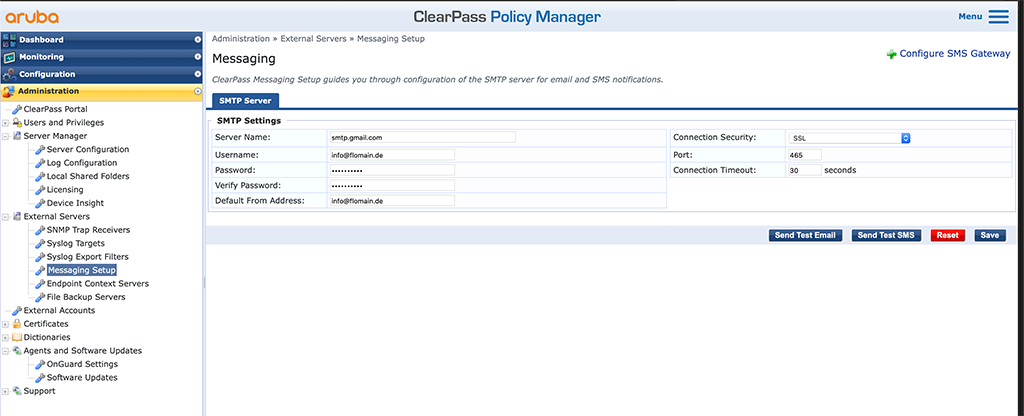

- #VERIFY SERVER CERTIFICATE FOR GMAIL ON MAC HOW TO#
- #VERIFY SERVER CERTIFICATE FOR GMAIL ON MAC INSTALL#
- #VERIFY SERVER CERTIFICATE FOR GMAIL ON MAC FREE#
If you used the “” settings (where domain = your website domain name), then the Apple Mail client is basically unable to verify it simply because it expected the use of an SSL certificate which is not always required for these settings. As I said earlier, you would need to re-enter the values in the Apple Mail client in order to “verify” the server settings that you are using. I hope this helps to explain your question about verifying the server. For example, our secure servers use the format of: secure#. (where “#” is the server number). The SSL Checker I have linked simply requires a server URL. If you use the secure email server settings, then you can verify our SSL settings by using a third-party website such as SSL Checker from SSL Shopper or any other websites that can verify SSL certificates.

These will result in an IP address that you can further look up on the internet if necessary. You can also use PING or TRACEROUTE diagnostics in order to determine what server your URL is going to.

The servers are legitimate because you can access email and your website from them.

This will give you BOTH of the email server settings that you can use (the SSL and NON-SSL settings).
#VERIFY SERVER CERTIFICATE FOR GMAIL ON MAC HOW TO#
Find your email settings by going to How to find my email settings. You are welcome to use the SSL version of your email server settings. Apple’s mail client will say that it can’t verify it, but the problem exists because Apple’s mail client is expecting the use of SSL, when it may not actually be in use. You simply have to to re-enter the correct email server information and then approve the server. I hope this helps to explain and resolve the issue! Please let us know if you require any further assistance. Under that section is what to do in case the device isn’t accepting your answer. Now when you connect to formerly trusted computers, the Trust alert will ask you whether you trust that computer. If you don’t want to trust a computer or other device anymore, change the privacy settings on your iPhone, iPad, or iPod touch: In iOS 8 or later, tap Settings > General > Reset > Reset Location & Privacy. Your iOS device remembers the computers you’ve chosen to trust. They have a section called “Change your settings for trusted computers”: This is the link to Apple’s documentation on this issue: About the “Trust This Computer’ alert on your iPhone, iPad, or iPod touch’: Learn about trusted computers and find out how to change your settings. Apple’s latest devices ask you to trust a device when you connect to it for the first time. This issue has to do with trusting the certificate on the device. It could take a minute or two to scan your site’s SSL/TLS configuration on your web server.Sorry for the problem with the certificate. It is very reliable and we use it for all Kinsta clients when verifying certificates. Simply head over to their SSL check tool, input your domain into the Hostname field and click on “Submit.” You can also select the option to hide public results if you prefer.
#VERIFY SERVER CERTIFICATE FOR GMAIL ON MAC FREE#
We recommend using the free SSL check tool from Qualys SSL Labs. That is why it is important to run an SSL check with a 3rd party tool. And depending on the browser and version, you may or may not see this warning if your certificate is setup incorrectly. If you don’t have these set up properly, visitors could get a warning in their browsers, like the “ your connection is not private” error, which in turn might drive them away. SSL/TLS certificates require not only your main certificate but also what they call intermediate certificates (chain) to also be installed.
#VERIFY SERVER CERTIFICATE FOR GMAIL ON MAC INSTALL#
After you install an SSL certificate on your web server, you should always run an SSL check to verify that everything is set up correctly.


 0 kommentar(er)
0 kommentar(er)
